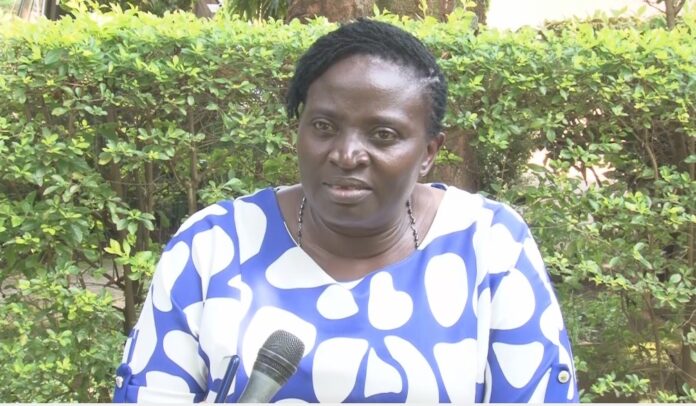BUSIA: The Busia County Government is stepping up its fight against HIV, spurred by the worrying fact that the county’s prevalence rate has remained stubbornly stuck at 5.31% since last year.
According to the Busia County Aids and STI Coordinator, Constance Were, this stagnant figure demands an intensified and modern approach to combating the virus.
Were highlighted that the county is leveraging advanced medical tools, chief among them Antiretroviral Therapy (ART) for both treatment and prevention, and Pre-Exposure Prophylaxis (PrEP) to shield those at high risk.
The PrEP strategy is set to receive a significant boost, as the county plans to move beyond daily oral and event-driven options to incorporate a long-acting injectable PrEP starting in January.
Given its location as a border county, Busia’s health strategy heavily targets vulnerable and mobile populations.
The department is actively engaging with truck drivers through outreaches that offer HIV testing, screening for STIs and TB, and PrEP provision.
Similarly, the fisherfolk community at the wet borders is reached by peer educators who deliver prevention messages and commodities.
Furthermore, the county has established a structure to work with the adolescent group to reduce new infections among the youth.
Despite these proactive measures, significant challenges persist. Were admitted that Mother-to-Child Transmission (MTCT) remains a hurdle, driven by client refusal.
She cited a distressing case where a mother, who tested positive in May after a negative result in December, has completely refused medication, resulting in her child also being positive.
Another challenge is the rise of Advanced HIV Disease (AHD), which primarily affects individuals who interrupt their treatment, leading to weakened immunity and opportunistic infections like TB.
Were concluded with a plea for collective responsibility, urging residents to support those infected by ensuring they adhere to their medication, a step she believes is vital for controlling the infection at the border and eliminating the virus.
However, residents suggest the problem is rooted in deeper socio-economic issues; Lilian Oundo attributes the persistent surge in cases to youth idleness, arguing that an unengaged youth population has more chances to engage in sexual activities.
She called on the government to create mechanisms to keep young people occupied.
Emmanuel Ouma, another resident, pointed to hopelessness among the youth, stating that many have lost hope and no longer prioritize their lives.
Both residents emphasized the urgent need for continuous HIV and prevention education starting in schools, alongside encouraging pregnant mothers to visit hospitals for early testing to protect their children.

